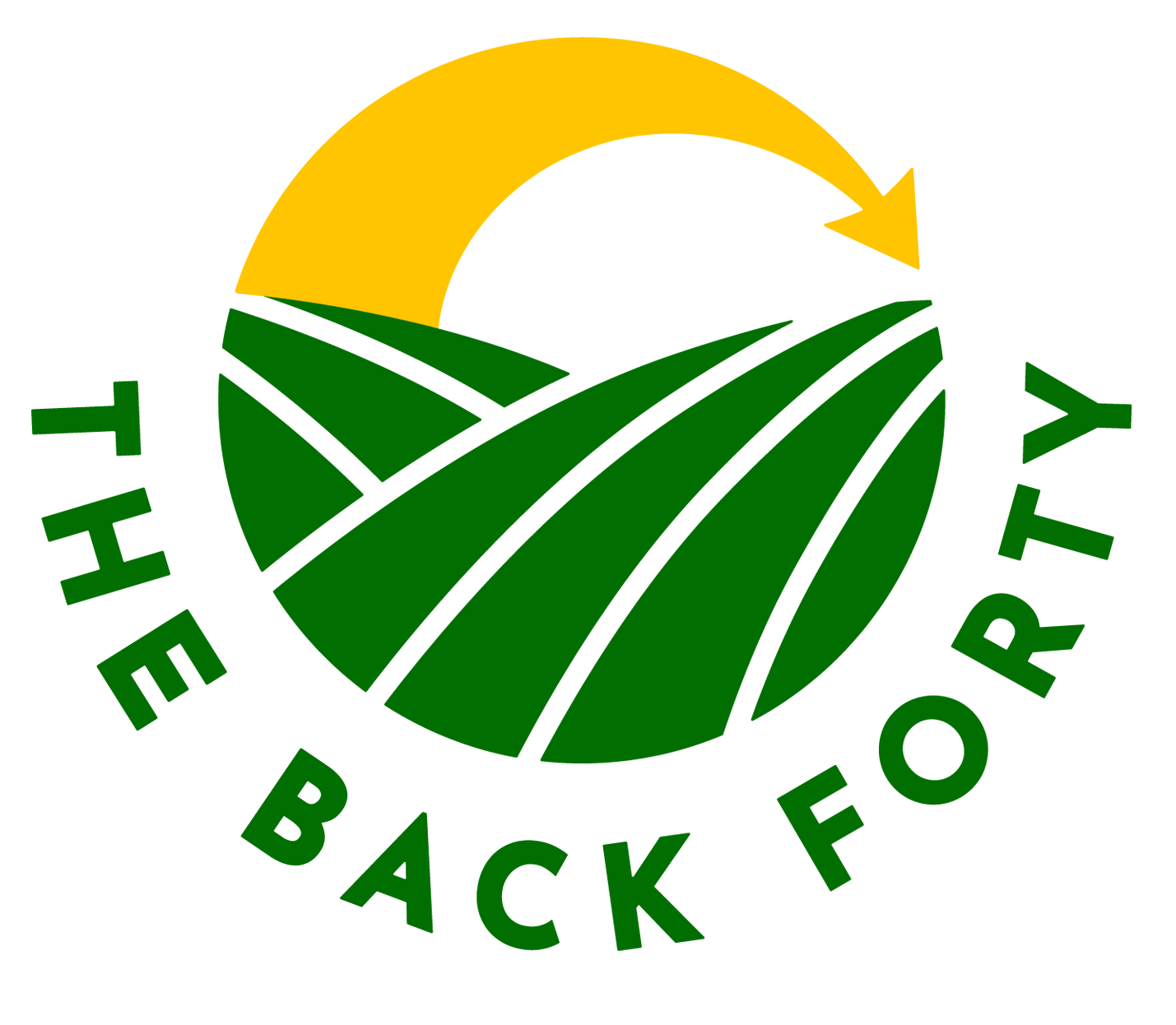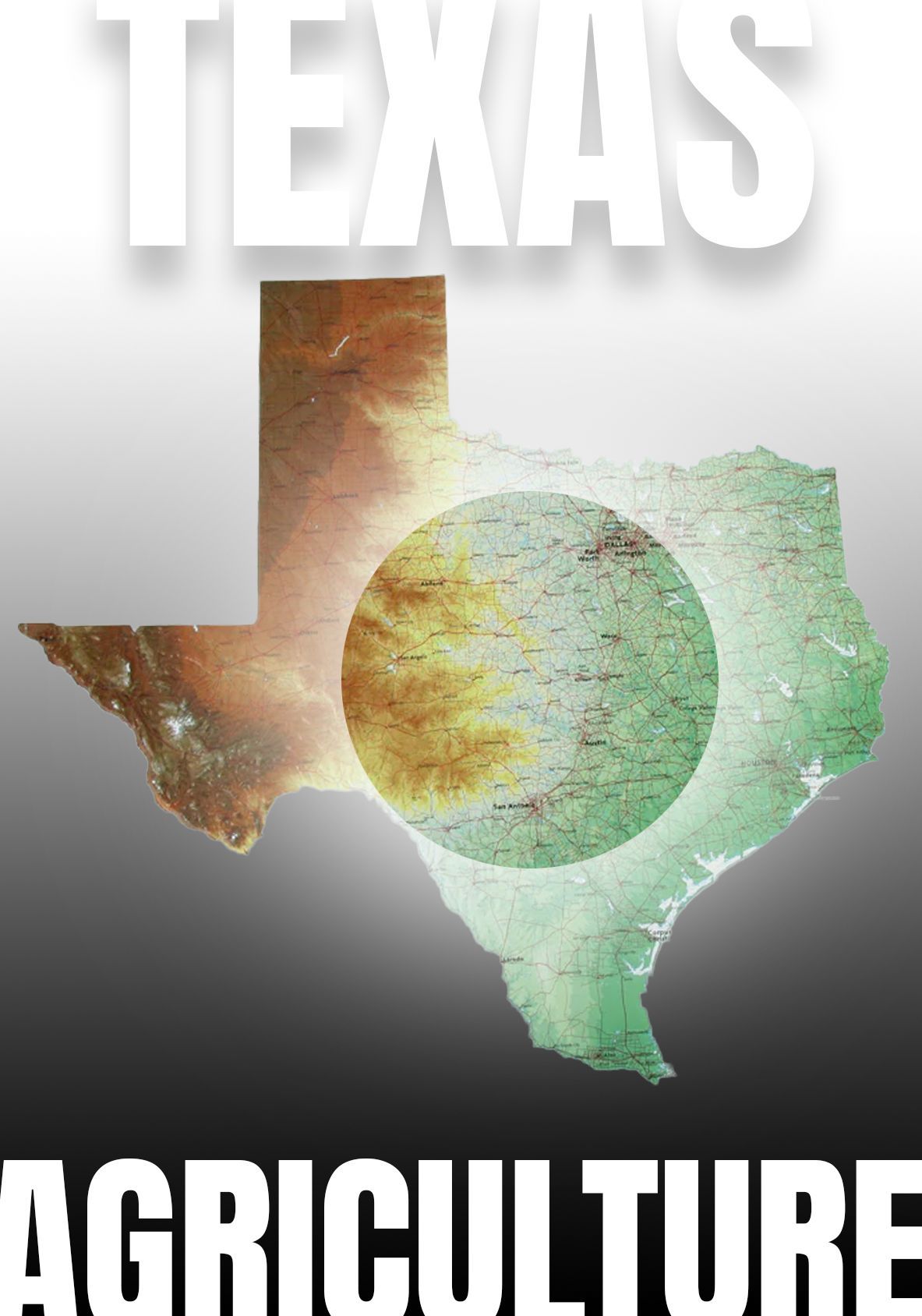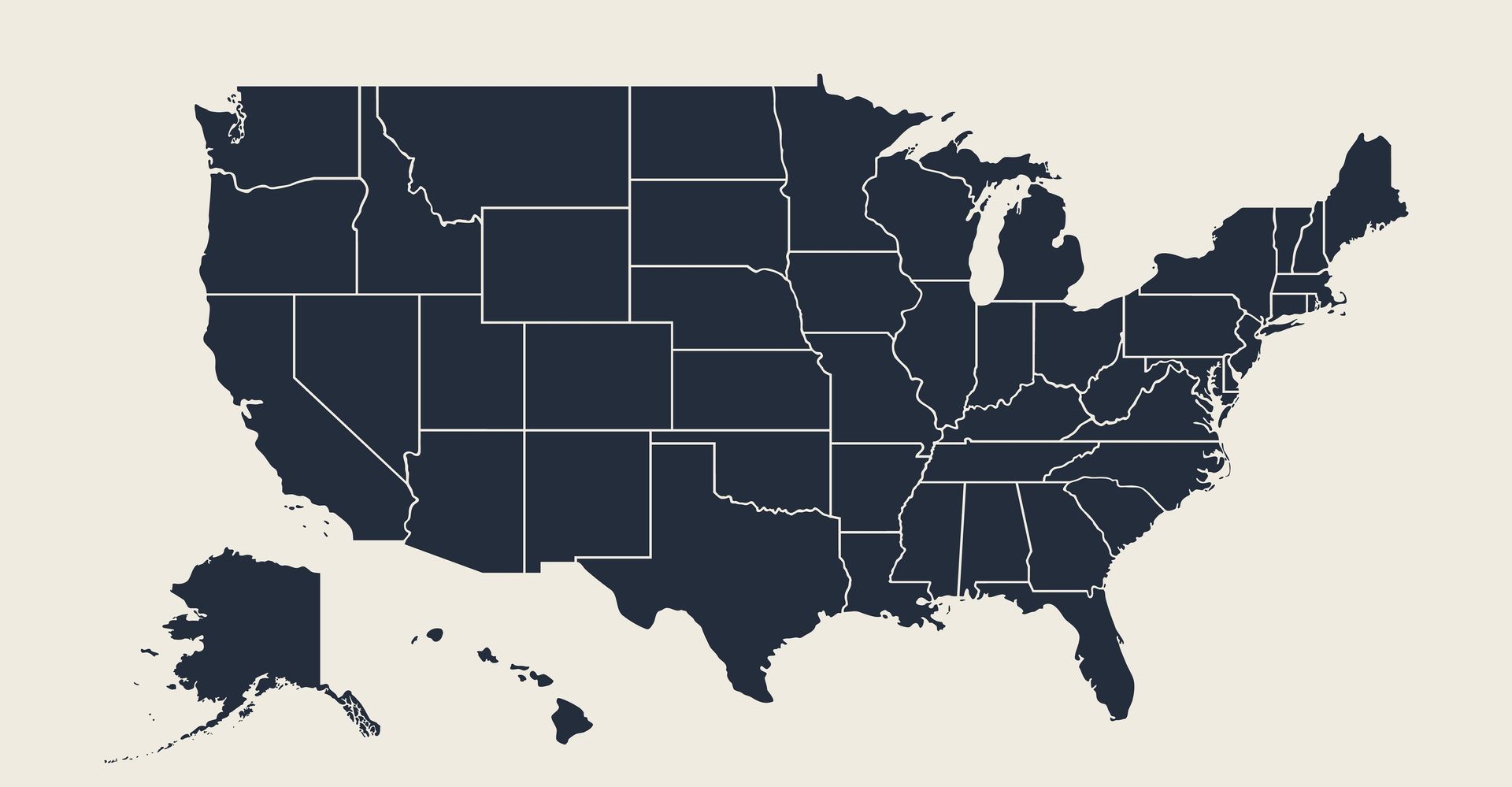AMERICAN AGRICULTURE SPOTLIGHT: CALIFORNIA
AMERICAN AGRICULTURE SPOTLIGHT: CALIFORNIA
California: Where Cities Thrive and Fields Feed the Nation
California is often synonymous with sprawling cities, famous coastlines, and Hollywood glamour. As the most populous state in the U.S., it’s home to major metropolitan hubs like Los Angeles, San Francisco, and San Diego—the engines of culture, technology, and commerce. But beneath this urban dynamism lies an often overlooked yet vital powerhouse: California is also the top agricultural state in America, producing a staggering share of the nation’s food.
Urban Life: The California Metropolises
Life in California’s metropolitan areas is defined by diversity, opportunity, and innovation. Los Angeles County alone has a population exceeding 9.7 million, making it the most populous county in the country. Silicon Valley—nestled in the broader Bay Area—is the epicenter of tech innovation, boasting a GDP per capita rivaling the world's richest cities. Residents enjoy world-class dining, entertainment, and a fast-paced lifestyle, but also contend with higher living costs, congestion, and housing shortages.
Rural California: The Heart of American Agriculture
In sharp contrast, rural California spans vast, fertile valleys and stretches of farmland. The Central Valley, for instance, extends 450 miles and produces about a quarter of the nation’s food. Rural communities in counties like Fresno, Tulare, and Kern are shaped by agriculture—grappling with the rhythms of planting and harvest, and fostering a close-knit sense of community.
The economic impact of agriculture is enormous. According to the California Department of Food and Agriculture (CDFA), in 2022 California’s farms and ranches generated over $55 billion in cash receipts, leading the nation by a wide margin. The state outsells its closest competitors (Iowa and Texas) by billions annually.
A key driver behind California’s agricultural dominance is its vibrant immigrant workforce. Immigrants, many of whom come from Latin America and Asia, constitute a significant portion of the state’s farm labor force, bringing expertise, resilience, and dedication to the demanding work of planting, tending, and harvesting crops. Their efforts are crucial in producing California’s diverse bounty, from hand-picking delicate fruits to operating advanced farm machinery. Without this community, the state’s agricultural output—and its ability to feed the nation—would be severely diminished. The contributions of immigrant workers not only sustain the economic health of rural regions but also ensure a steady supply of fresh produce to California’s cities and tables across America.
Feeding the Nation: Benefits Beyond Borders
California’s agricultural output isn’t just high in dollar value; it’s also diverse. The state produces over 400 different commodities, leading the country in the production of almonds, dairy, grapes, strawberries, and tomatoes. It's responsible for nearly all of U.S. production of some crops—for example, 99% of artichokes, 95% of celery, and 90% of leafy greens.
This bounty reaches far beyond state lines. California supplies roughly two-thirds of the nation’s fruits and nuts, and more than one-third of its vegetables. The state's agriculture underpins food security, supports millions of jobs nationally (in production, transportation, processing, and retail), and contributes to international trade.
Contrasts and Connections
Life in rural California is fundamentally different from the urban centers—not only in pace and culture but also in economic structure. Jobs in rural areas are tied to the cycles of agriculture rather than high-tech industries or entertainment. Rural communities often experience lower living costs but also face unique challenges, including access to healthcare, education, and drought-driven economic hardships.
Yet, these worlds are interconnected. Urban populations depend daily on the food, fiber, and jobs generated in the fields and orchards of the rural interior. In turn, rural regions benefit from the transportation, innovation, and investment resources concentrated in California’s cities.
Conclusion
California’s dual identity—a state of teeming cities and thriving farmlands—might look like a contradiction, but it’s a dynamic partnership. The state’s bustling metropolises and expansive crop fields together shape the economy, culture, and quality of life for millions of Californians and for countless Americans nationwide. In every strawberry, almond, and glass of milk, there's a little flavor of California—city-sophisticated, yet country-strong.
Population: Approximately 39 Million
Number of farms: Approximately 69,000
Number of people employed by farming: Approximately 430,000
Top agricultural product in terms of dollars earned: Dairy products
Number one exported agricultural product: Almonds
Gross Domestic Product (GDP): Approximately $3.9 Trillion
Five fun and unusual facts about California
1. There’s a ghost town named Bodie in California that’s preserved in a state of “arrested decay,” making it look almost exactly as it did during the Gold Rush.
2. California is home to the world’s largest living tree by volume: General Sherman, a giant sequoia in Sequoia National Park.
3. The Hollywood Bowl is the largest natural outdoor amphitheater in the United States.
4. There are pink sand beaches on Pfeiffer Beach in Big Sur, colored by garnet minerals washing down from nearby hills.
5. Death Valley, California, holds the record for the hottest air temperature ever recorded on Earth: 134°F (56.7°C) in 1913.









